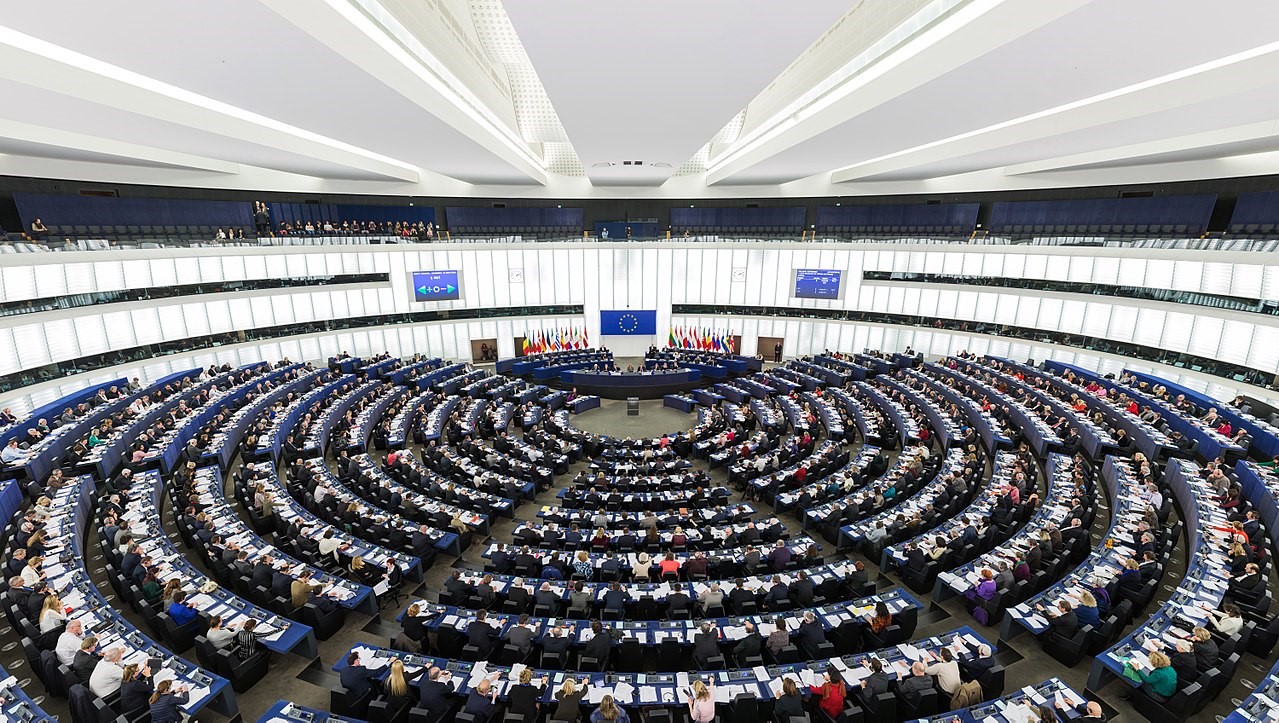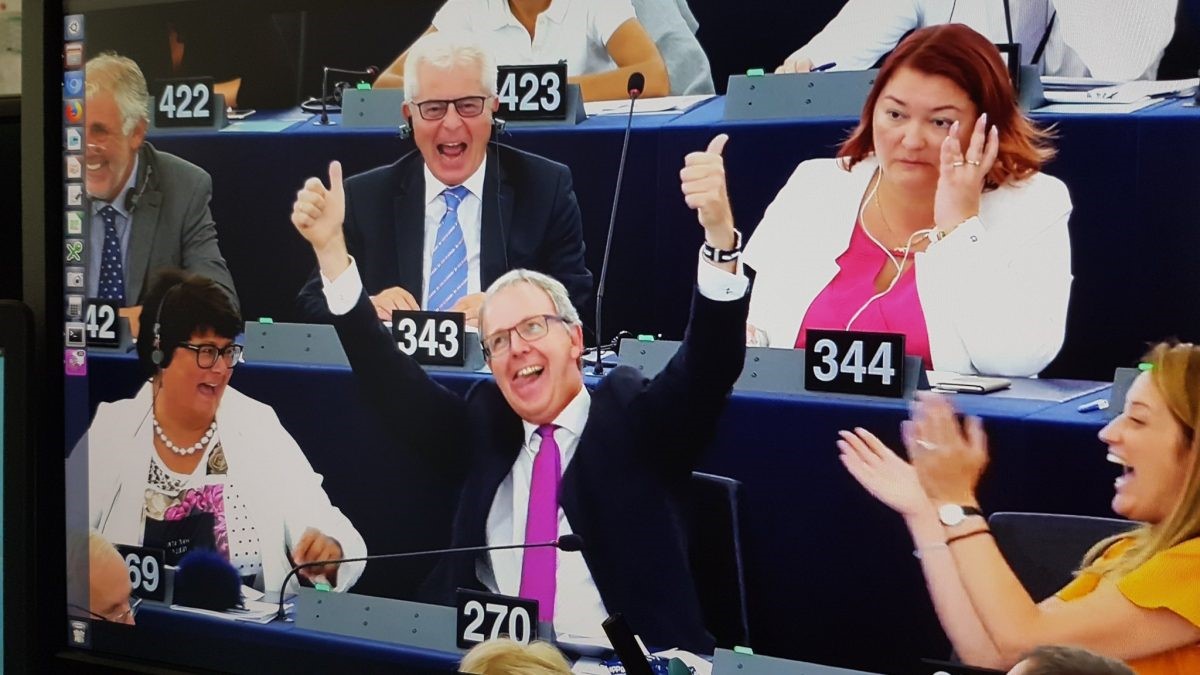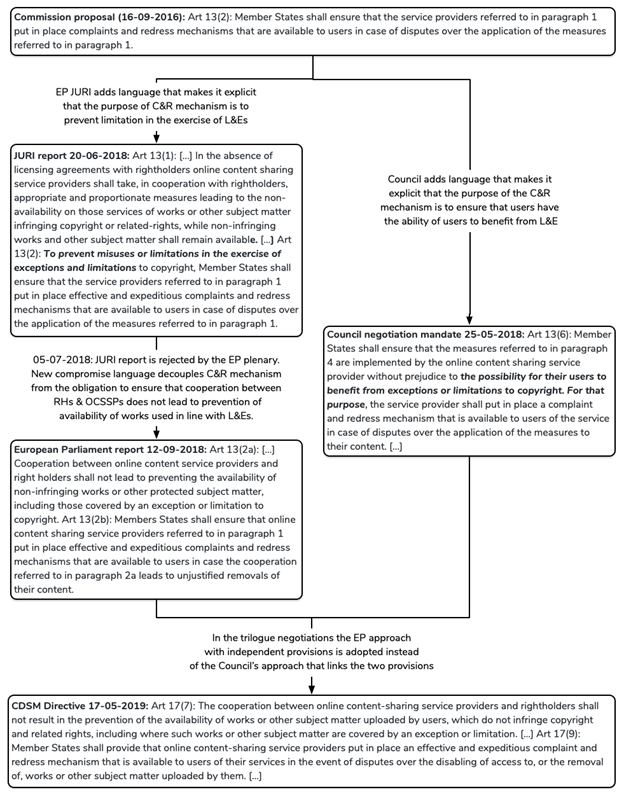Today, the French Government presents the second report on content recognition tools on digital sharing platforms commissioned by the Conseil Supérieur de la Propriété Littéraire et Artistique (High Council for literary and artistic property – CSPLA). The new CSPLA report, authored by Jean-Philippe Mochon (who had also authored the previous report on content recognition tools), focuses on “proposals for the implementation of Article 17 of the EU copyright directive” and marks an important and timely contribution to the discussion about the implementation of Article 17. It provides further insights into the positions taken by France throughout the discussion.
The CSPLA report consists of three parts. The first part contains a “review of existing best practices” of the use of content recognition tools. Here, the authors argue that such tools “must be given their rightful place in the implementation of Article 17 of the Directive”. The second part of the report focuses on the “balance between the fundamental rights set out in Article 17”. The third and concluding part of the report contains a number of recommendations for implementing Article 17 in France (and beyond). The central argument that is woven throughout the report is that automated content recognition technologies already play an important role in managing copyright on digital sharing platforms, that Article 17 provides for sufficient fundamental rights protection through the complaint and redress mechanism alone, and that temporary restrictions on freedom of expression are considered acceptable to achieve the goal of stronger protection of intellectual property rights.
The CSPLA report both envisages and argues for an implementation of Article 17 that relies on the use of automated content recognition tools to block unauthorised uploads to online sharing platforms, and that requires legitimate uses to be considered only ex-post. In doing so it rejects the notion put forward by other Member States (Germany, Austria and Finland) and the European Commission that Article 17 requires ex-ante safeguards against the automated blocking of legitimate uses. While there are lots of elements of the report that are worth examining in more detail (the reframing of copyright exceptions as uses “tolerated by rightsholders” (p.35) is a prime candidate here), this post focuses on the issue that is at the core of the discussion about the implementation of Article 17: does the requirement that the collaboration between rightholders and platforms must not lead to the prevention of availability of legitimate uses require Member States to implement ex-ante measures to protect legitimate uses in addition to the ex-post complaint and redress mechanism contained in Article 17(9), or does Article 17(9) in itself provide sufficient safeguards for user rights?
The answer to this question has been the dividing factor for the two sides in the Article 17 implementation discussion and both sides claim that their respective interpretation represents the intent of the EU legislator. While there is no one who can decisively speak on behalf of the entire EU legislator, it is nevertheless possible to look back at the legislative evolution of the DSM directive proposal in search of traces of such intent.
Tracing the intent of the legislator

Paragraph 17(9) of Directive 2019/790 can be traced all the way back to Article 13(2) of the original Commission proposal from September 2016. That proposal consisted of a first paragraph that would have required platforms to “take measures to ensure the functioning of agreements concluded with rightholders for the use of their works […] or to prevent the availability on their services of works or other subject-matter identified by rightholders through the cooperation with the service providers.” The second paragraph of the proposed article contained a complaint and redress mechanism to be invoked by users “in case of disputes over the application of the measures referred to in paragraph 1.”. The (comparatively brief) Commission’s proposal for Article 13 did not make any reference to legitimate uses or more specifically to uses protected by exceptions and limitations.
Such references were introduced (in response to pressure from user rights advocates) into the Council and the European Parliament positions. The Council negotiation position adopted on the 25th of May 2018 states:
Member States shall ensure that the measures referred to in paragraph 4 are implemented by the online content sharing service provider without prejudice to the possibility for their users to benefit from exceptions or limitations to copyright. For that purpose, the service provider shall put in place a complaint and redress mechanism […]
Similarly, the Report adopted by the Legal Affairs (JURI) Committee of the European Parliament around the same time stated:
To prevent misuses or limitations in the exercise of exceptions and limitations to copyright, Member States shall ensure that the service providers referred to in paragraph 1 put in place effective and expeditious complaints and redress mechanisms.
Both passages clearly show that the respective co-legislators at the time were intending to tie the complaint and redress mechanism to a specific purpose. The complaint and redress mechanism was supposed to ensure that users can exercise their rights under exceptions and limitations. This explicit linkage between the protection of user rights and the complaint and redress mechanism is very much in line with the argument underpinning the CSPLA mission report that the complaint and redress mechanism exists as a sufficient safeguard for the obligation introduced in Article 1(7).
However, this interpretation fails to account for the further legislative evolution of the proposal. On the 5th of July 2018, the JURI report was rejected by the plenary of the European Parliament. The redrafted report contained significant changes to the user rights safeguards and as part of this change, the obligation to protect legitimate uses including those falling under exceptions and limitations became an independent obligation that largely foreshadows the language in Article 17(7) of the final version of the directive:
Cooperation between online content service providers and right holders shall not lead to preventing the availability of non-infringing works or other protected subject matter, including those covered by an exception or limitation to copyright.

This introduction of an independent obligation to protect legitimate uses was crucial to create the majority support needed for the European Parliament to adopt its negotiation position in September 2018. In the subsequent trilogue negotiations, the approach contained in the European Parliament’s report prevailed over the approach contained in the Council’s position and the Commission’s original proposal. In other words, during the legislative process leading to the adoption of the DSM directive, EU legislators twice chose an independent obligation to protect legitimate uses over proposals to protect legitimate uses by way of an ex-post complaint and redress mechanism.
As a result, there can be no doubt that (the majority of) the EU legislators intended Article 17(7) to be an independent provision that creates a stand-alone obligation on Member States to ensure that “the cooperation between online content-sharing service providers and right holders shall not result in the prevention of the availability of works […] uploaded by users, which do not infringe copyright […], including where such works […] are covered by an exception or limitation”.

As shown above, this status as an independent provision is not only evident from the final text of the Directive itself, but is also supported by the legislative evolution of the text.
This means that the core argument underpinning the CSPLA mission report (and France’s opposition to the draft Commission guidance) cannot be maintained in good faith. As the European Commission, the Council and the European Parliament have argued before the CJEU, relying on the ex-post complaint and redress mechanism alone is not sufficient to meet the requirements for the protection of user rights established by the Directive. As long as automated content recognition technology is not capable of reliably distinguishing between legitimate uploads and copyright infringements, all Member States will need to introduce ex-ante safeguards in their legislation to meet the obligation that the EU legislator has imposed on them in Article 17(7).
Understanding the scope of application of Article 17(7)
Accurately representing the intent of the legislator is not the only problematic element of the CSPLA mission report. It also misrepresents the role that the safeguards introduced in Article 17(7) play within the overall copyright framework. Most of the second section of the report is dedicated to making the argument that the types of ex-ante safeguards proposed in the implementation discussions (quantitative thresholds, pre-flagging or differentiation between likely infringing and likely legitimate uses) are impractical and would ultimately undermine the ability of rightholders to exercise their exclusive rights in the online context (and would therefore be in violation of the EU copyright framework and obligations deriving from international treaties).
Without going into the details of the specific criticisms here, it is important to point out that this framing does not accurately describe the scope of the obligation in Article 17(7). Article 17(7) establishes an obligation on Member States to ensure that “the cooperation between online content-sharing service providers and rightsholders” does not deprive users of their rights. In this context, “collaboration” refers to measures undertaken to comply with the obligations contained in Article 17(4)b and c. In other words, Article 17(7) does not affect how rightholders can exercise their exclusive rights on platforms in general; instead, it imposes limits on how rightholders and platforms can “ensure the unavailability of specific works” on platforms. As long as content recognition technology cannot reliably identify legitimate uses, it means that rightholders and platforms cannot rely on automated blocking based on content recognition technology, but it does not prevent rightholders from taking other measures (such as notice and takedown in line with Art 17(4)c) to exercise their rights.
The argument that measures to give effect to Article 17(7) create new exceptions to copyright is severely overstating the scope of application of the article. However, this should not distract from the fact that Article 17(7) does rule out the exclusive use of automated blocking based on content recognition technology and envisaged and promoted by the CSPLA report.
Rightholders also have safeguards
In their effort to disqualify the German implementation proposal and the Commission’s draft guidance, the CSPLA report also significantly overstates the impact of what its authors call “under blocking”. The authors of the report go to great length to point out that limiting automated blocking to likely infringing uploads or excluding uses of works that do not meet a specific threshold will lead to the availability of works that infringe copyright. In line with the position taken by the French government in front of the CJEU, these authors argue that the availability of infringing content can cause significant economic harm for rightholders. According to them, the possibility of substantial harm justifies the “rare, limited and proportional infringement of freedom of expression” resulting from the application of automated filtering. They report that such limitations are “rare and proportional” (p.66) because uploaders will have access to “rapid and efficient unblocking” (p.66) via the complaint and redress mechanism, while rightholders face an unmitigated “risk of massive dissemination of illegal content” (p.67). What the CSPLA report conveniently fails to note (compare the flowchart on p.67) is that both the Commission’s proposed guidance and the German model provide recourse for rightholders in the form of takedown requests based on Art 17(4)c.
Conclusion
Given these argumentative shortcomings, the CSPLA report fails to provide credible support for the French interpretation of Article 17. While its authors claim to base their interpretation on the “wording and the intention of the legislator” (p.30), they fail to back up this claim in a convincing manner. Instead, a close reading of the legislative evolution of the directive shows that the true intent of the EU legislator has been to add strong independent user rights safeguards in an effort to get Article 17 past the finish line. France has been one of the driving forces in getting Article 17 adopted, which makes its effort to wind back the clock to versions of the article that failed to gather a majority in 2018 all the more notable.
________________________
To make sure you do not miss out on regular updates from the Kluwer Copyright Blog, please subscribe here.


